The magic of animated movies captivates audiences worldwide, transporting viewers into realms of imagination and wonder. However, the enchantment on screen is the result of countless hours of hard work, creativity, and technological innovation behind the scenes. This article delves into the making of some of the most iconic animated movies, exploring the intricate processes and groundbreaking techniques that brought these beloved stories to life.
Toy Story (1995)
Toy Story, the first feature-length film made entirely with computer-generated imagery (CGI), marked a before and after in the animation industry. The creation of Toy Story was a pioneering venture by Pixar Animation Studios, involving a small but dedicated team of animators, storytellers, and technical experts. The process involved developing new software and rendering techniques to achieve the film's lifelike textures and movements. Animators spent months perfecting the characters' expressions and motions, ensuring they conveyed emotion as authentically as possible. The success of Toy Story paved the way for the future of animated films, setting new standards for storytelling and technical excellence.
The Lion King (1994)
The Lion King is celebrated not only for its compelling story and memorable music but also for its groundbreaking animation techniques. Disney's animators went to great lengths to study real-life animals in their natural habitats to create realistic animations. They also worked closely with expert consultants to understand animal movements and behaviors. Traditional hand-drawn animation was combined with cutting-edge computer-generated imagery to create the sweeping landscapes of the African savanna. The famous wildebeest stampede scene alone took several years to complete, showcasing the meticulous attention to detail that went into the film's production.
Spirited Away (2001)
Hayao Miyazaki's Spirited Away is a masterpiece of traditional animation, blending rich storytelling with exquisite hand-drawn artistry. Studio Ghibli's dedication to preserving the integrity of hand-drawn animation is evident in the film's detailed backgrounds and fluid character movements. The production involved painstakingly drawing each frame by hand, a process that required immense patience and skill. The imaginative world of Spirited Away was brought to life through a combination of watercolor backgrounds and intricate animation, creating a visually stunning experience that remains unparalleled in the realm of animated films.
Finding Nemo (2003)
Pixar's Finding Nemo introduced audiences to the breathtaking underwater world of the Great Barrier Reef. The film's production posed unique challenges, particularly in simulating realistic water movements and lighting effects. Pixar developed new software tools to create the complex ocean environments, focusing on achieving a balance between realism and stylization. The animators conducted extensive research on marine life, studying the behavior and appearance of various sea creatures to accurately depict them on screen. The result was a visually captivating movie that pushed the boundaries of animated storytelling and technical prowess.
Frozen (2013)
Disney's Frozen became an instant classic, known for its catchy songs, engaging story, and stunning visuals. One of the most notable achievements in the making of Frozen was the animation of snow and ice. Disney's animators developed a snow simulation software called 'Matterhorn,' which allowed them to create realistic snowscapes and ice structures. The complexity of animating Elsa's ice powers, including the iconic ice castle, required innovative solutions and meticulous attention to detail. The film's success is a testament to the blend of artistic vision and technological advancement that defines modern animated movies.
Spider-Man: Into the Spider-Verse (2018)
Spider-Man: Into the Spider-Verse stands out for its unique visual style, combining traditional hand-drawn comic book techniques with advanced CGI. The filmmakers aimed to make the audience feel like they were stepping into a living comic book, employing a bold color palette, dynamic camera angles, and innovative animation methods. The production team developed new software to achieve the film's distinctive look, including a technique that allowed them to layer traditional 2D animation over 3D models. This creative fusion of styles resulted in a visually spectacular film that redefined the possibilities of animated storytelling.
Shrek (2001)
Shrek broke new ground in the animation industry with its irreverent humor, unconventional characters, and sophisticated CGI. DreamWorks Animation took significant risks in the production of Shrek, investing in the development of new animation technology. The film required the creation of complex character models and detailed environmental textures, pushing the limits of what was technically possible at the time. The animators also pioneered techniques for realistically animating human characters and expressions, a notoriously difficult task in CGI. Shrek's success demonstrated the potential for animated films to appeal to both children and adults, changing the landscape of the genre.
Coco (2017)
Pixar's Coco is celebrated for its vibrant portrayal of Mexican culture and the visually stunning Land of the Dead. The production of Coco involved extensive cultural research and collaboration with consultants to ensure an authentic representation of Mexican traditions and folklore. The animation team faced the challenge of creating a colorful, dynamic afterlife world, filled with intricate details and luminous effects. The use of advanced lighting techniques and color palettes helped bring this enchanting world to life. Coco's heartfelt story and breathtaking visuals are a powerful example of how animation can bridge cultures and connect audiences around the globe.
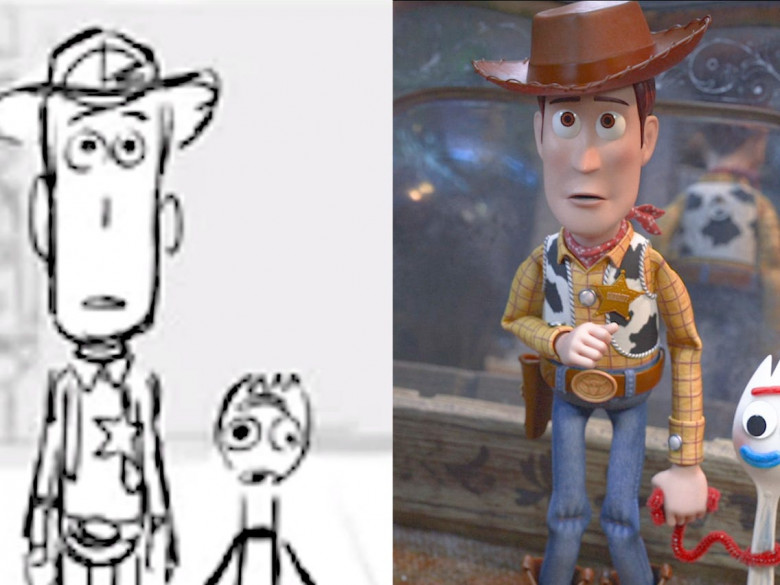
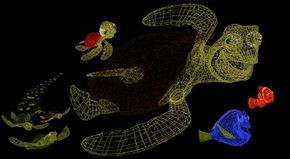
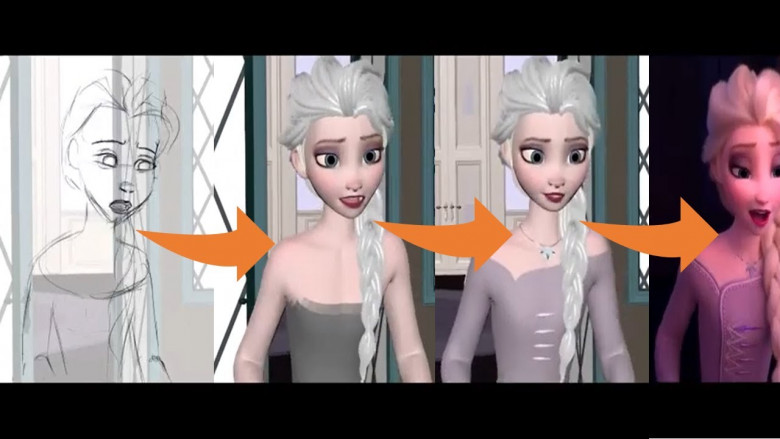
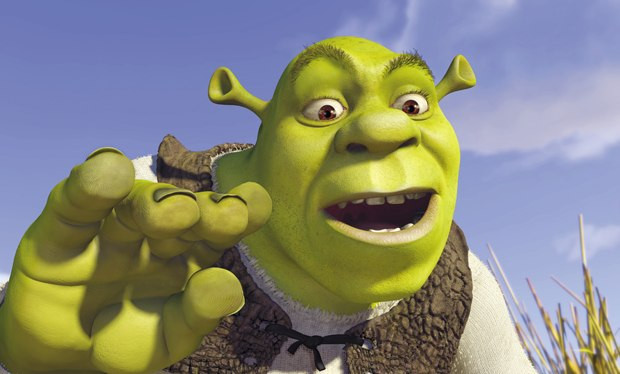

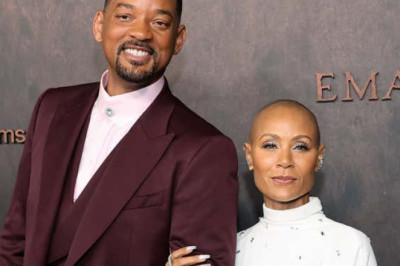


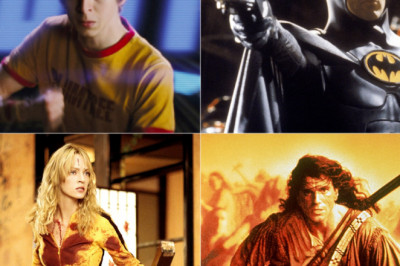
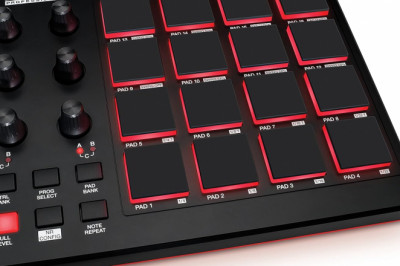



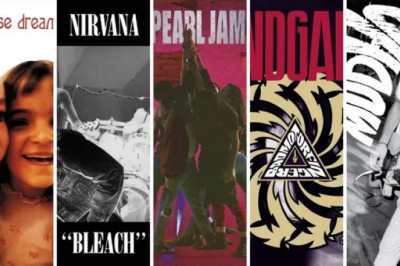


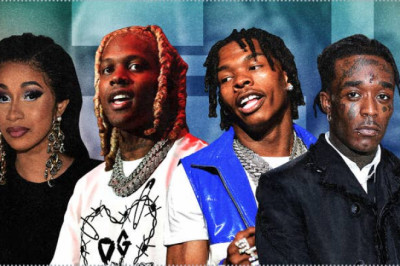



Comments
0 comment